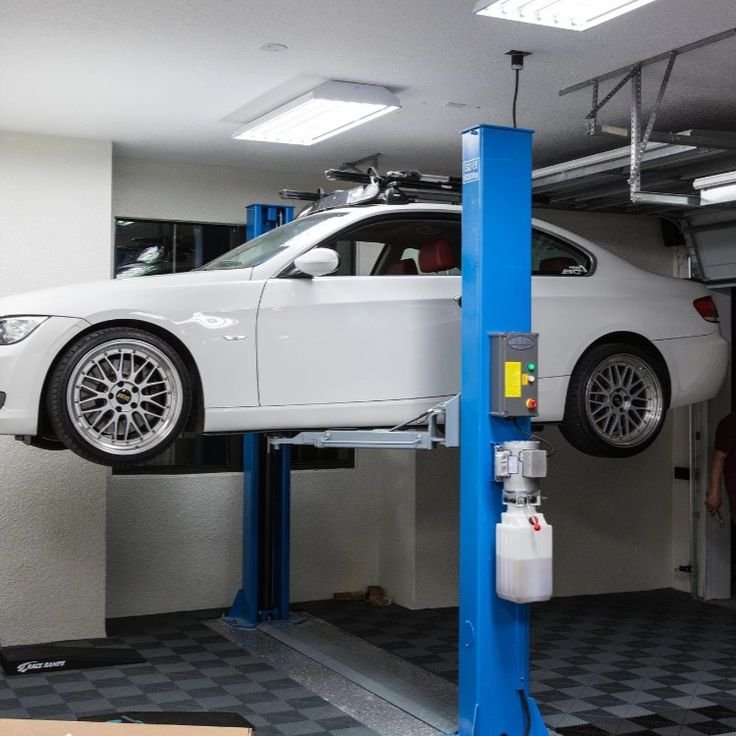
Edit Post
Future hydraulic systems are poised to undergo a transformative evolution, embracing cutting-edge technologies and sustainable practices to meet the demands of a rapidly changing world. Electro-hydraulic integration will redefine the landscape, with seamless fusion between hydraulic power and electric control mechanisms promising heightened precision and efficiency in operation. Smart hydraulics... View more
Future hydraulic systems are poised to undergo a transformative evolution, embracing cutting-edge technologies and sustainable practices to meet the demands of a rapidly changing world. Electro-hydraulic integration will redefine the landscape, with seamless fusion between hydraulic power and electric control mechanisms promising heightened precision and efficiency in operation. Smart hydraulics will become the norm, with sensor-laden components and advanced algorithms enabling real-time monitoring, predictive maintenance, and optimized performance. Energy efficiency will be paramount, driving innovation in hydraulic fluid formulations, pump designs, and regenerative systems, ushering in a new era of environmentally conscious hydraulic solutions. Digitalization and connectivity will pervade the hydraulic ecosystem, facilitating remote monitoring, diagnostics, and autonomous operation through the Internet of Things platforms. Adaptive designs will cater to diverse industry needs, from agile construction equipment to precision agriculture machinery, ensuring versatility and effectiveness across applications. View less
- 0 0
- 0 0
-

-
Vishnu Divakar J.S
published solution: 1 year beforeThe future of hydraulic systems may involve advancements in efficiency, miniaturization, and integration with digital control systems, potentially expanding their applications in various industries such as aerospace, automotive, and renewable energy.
0 1 0 0 1 0 -
RAHUL BABU
published solution: 1 year beforeThe future of hydraulic systems lies in the integration of advanced technologies like AI, IoT, and electrification. Intelligent hydraulic systems with real-time data analysis, predictive maintenance, and adaptive controls will enhance efficiency and reliability. Lightweight, compact designs using innovative materials, and energy-efficient solutions prioritizing sustainability will shape the next generation of hydraulic devices across industries, powering the future of industrial machinery and mobile applications
0 1 0 0 1 0 -
Ajith L Rajan
published solution: 1 year beforeBy the year 2030, the future of hydraulic systems is likely to see significant advancements driven by technological innovation and the demand for more efficient and sustainable solutions. Traditional hydraulic systems, which use fluids to transmit power, may be enhanced with smart sensors, actuators, and control systems, enabling real-time monitoring and optimization of performance. These advancements could lead to increased energy efficiency, reduced maintenance requirements, and improved reliability in various applications, from heavy machinery and industrial equipment to aerospace and automotive systems. Additionally, the integration of renewable energy sources such as hydraulic hybrid systems and regenerative braking could further enhance the sustainability of hydraulic technology, reducing carbon emissions and environmental impact. Furthermore, developments in materials science and additive manufacturing techniques may enable the production of lighter, stronger, and more cost-effective hydraulic components, expanding the potential applications of hydraulic systems in diverse industries. However, as hydraulic technology evolves, challenges such as fluid leakage, contamination, and system complexity will need to be addressed through innovative design approaches and improved maintenance practices. Collaborative efforts between researchers, engineers, industry stakeholders, and policymakers will be essential in shaping a future where hydraulic systems continue to play a vital role in powering the world's machinery and infrastructure in a more sustainable and efficient manner by 2030.
0 1 0 0 1 0


